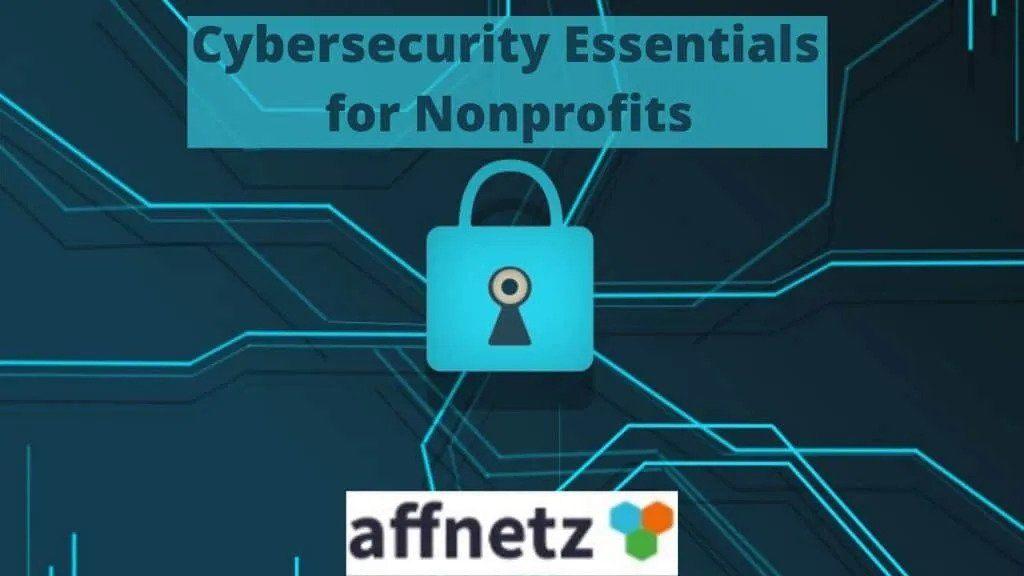
How do Nonprofits make money
How do Nonprofits make money / By Mike Crum
Here’s a question that is often asked in many contexts – as a Development Director frustrated with the lack of revenue coming into a Nonprofit, as a new board member to a nonprofit, or perhaps you just posed it as a Google search phrase: How Do Nonprofits Make Money?
Nonprofits making money – surely this must be an oxymoron, but it’s a real thing. Nonprofits have budgets, sometimes in the thousands, sometimes in the billions. What pays for these budgets? Short answer – philanthropy from individuals, foundation grants, government grants, events, earned revenue, membership dues, social entrepreneurship, investments (endowments), and probably a few more things! Let’s unpack!
Philanthropy is almost essential for Nonprofits. This can come in many forms including:
Annual Donors – These are those donors that give once or perhaps a few times per year usually based on email or snail mail appeals from your Nonprofit requesting donations. Usually, these gifts don’t happen unless you ask for the donation. Often times,
Monthly Donors – Sometimes annual donors will sign up as monthly donors to a Nonprofit, which is great, because then they usually sign up via a credit card or bank draft and you count on these funds and they have to choose not to give – to stop making their monthly donation, which is way better for fundraising than having to rely in donors choosing to give every single time. Also, monthly donors usually make an annual donation that’s 3 to 10 bigger than they would if they were an annual one-or-two time donor per year.
Planned Gift Donors – Some donors will make a bequest to your Nonprofit – but you have to ask! Just take a look at churches and universities which often have thriving planned gift programs. This is because they’re (almost always) asking or mentioning their planned giving programs in their communications. The best pools of donors to focus on for planned gifts are monthly and determined annual donors (donors giving 8+ years in a row, year-after-year). I can’t tell you the number of Nonprofits I’ve worked that have received planned gifts from monthly and dedicated annual donors that have left Nonprofits planned gifts of $800,000 or more! I can tell you the number of Nonprofits I’ve worked with that received planned gifts from major donors – ONE!
Major Donors – These donors usually make up 90 to even 95% of your donations from individuals. The amount a Nonprofit considers a ‘major gift’ will vary. I’ve worked in Nonprofits where the amount was $250, and at universities where the amount was $100,000 – quite a range there!
The key is for your Nonprofit to determine not only what amount is categorized as a major gift, AND how does your Nonprofit treat a major donor differently than other donors.
You only have a certain amount of time, and you only have a certain amount of board members who can solicit only a certain amount of donors. As a fundraiser for a Nonprofit, you’ll want to devote more of your time to raising money from and stewarding the gifts of major donors. You’ll want to be more selective in the communications you send to major donors – this doesn’t mean remove them from your mailing list, but you might want to take them off the five appeals you make to donors per year and rely on targeted communications responsive to the donor’s interests.
So, about donor’s interests — read – motivational triggers – you need to uncover what motivates and then triggers major donors to give to your Nonprofit, You should use conversations to figure this out and you should solicit these donations face-to-face if possible. Not only does the likelihood of a donation go up the more personal the communication, so does the amount of the gift. That is, you can’t milk a cow through the mail, so don’t rely solely on email or snail mail to interact with your major donors. meet with them face-to-face or at least via Zoom or the phone whenever possible).
Just note the difference in space dedicated to major donors in this blog post, versus other types of donors. This should tell you how important these 5 to 10% of your individual donors are to securing 90 to 95% of your individual donor fundraising totals.
Foundation Grants – Whether a foundation has staff, is a family foundation, or even is a donor advised fun at a community foundation or held by the donor through a financial entity – foundation grants provide budget relief for Nonprofits. Sometimes (thankfully) foundation provide general operating support, other times it’s restricted support for a specific project.
Membership Dues – This revenue stream is typically related to associations (the Association of General Contractors), and sometimes Nonprofits that aren’t built as associations have memberships (the ACLU).
Government Grants – Sometimes the government will provide grants to Nonprofits, usually to provide and / or manage the provision of services.
Earned Revenue – Nonprofits can, in fact, charge money for services. Think tuition, vocational training schools that provide services to the public, thrift shops, etc. Social entrepreneurship has been transforming the financial landscape for Nonprofits for decades, and it’s only getting better.
Investments – It’s not illegal for Nonprofits to invest their funds, in fact they actually have a fiduciary responsibility to do so IMHO. Sometimes this consists of short-term investments with small returns while managing grant funding that doesn’t need to be expended for another eight months, other times it’s the my endowment is bigger than your endowment circus like that of some universities managing tens of billions of restricted contributions and rolling out 3.5% on the revenue (not a fan!). Or, it could be like the Nonprofit I was on the board of which bought an office condo with an unexpected bequest, then was able to ditch renting space and offer below market rent to sister Nonprofits needing office space.
So, there’s a few ways Nonprofits can make money. The key is, of course, realizing the Nonprofit is established for the public good, not to stock away revenue like Apple or a commercial entity. Putting money to work for the Nonprofit’s mission and vision should be the guiding principles.
Author
Mike is a recognized expert, thought leader, advisor and speaker in the Nonprofit world. Over the past four decades, Mike served as an Executive Director, COO, see more



